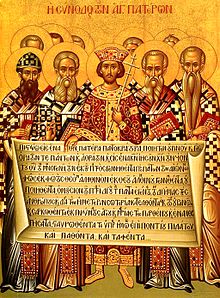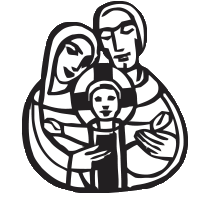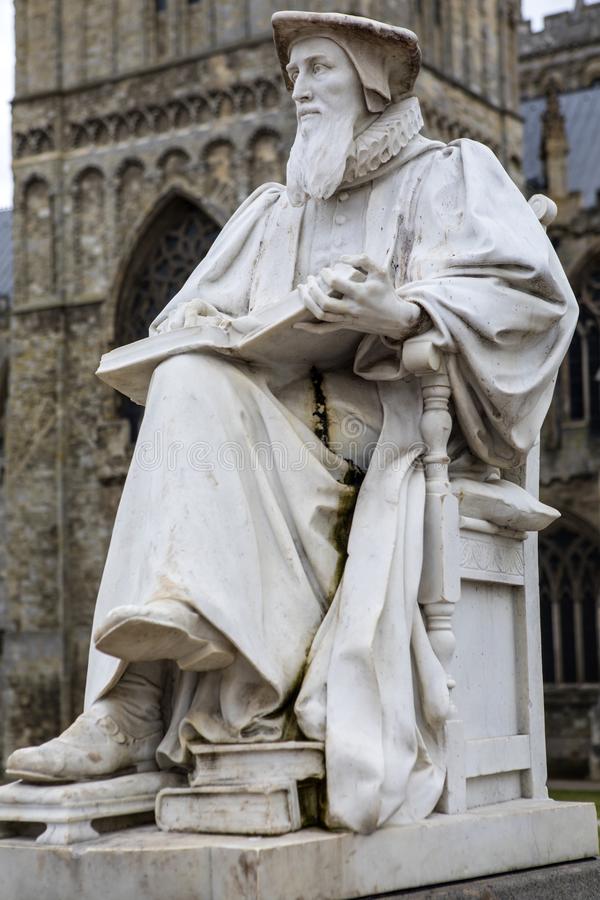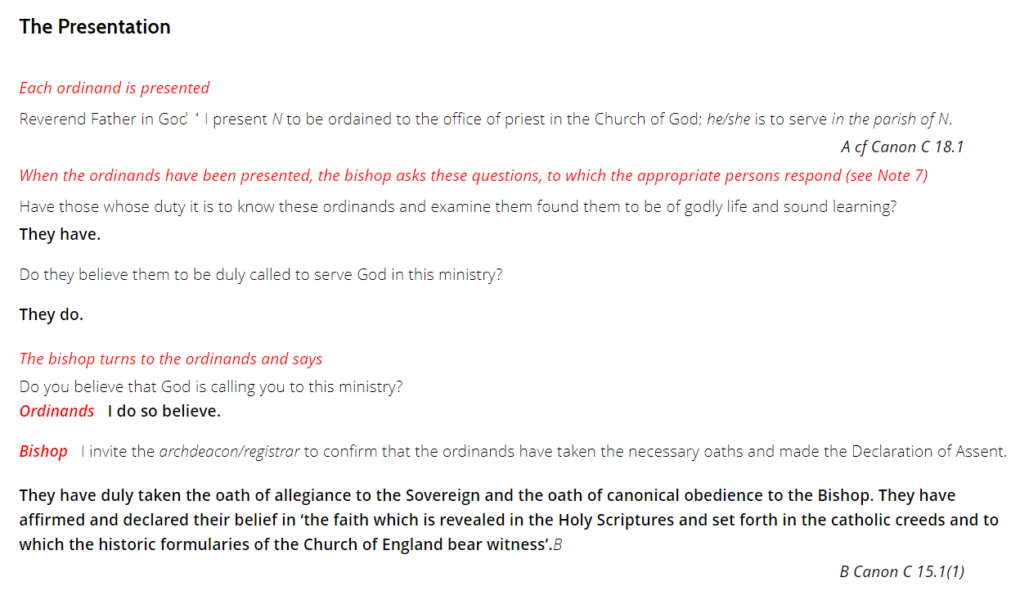Walk into any of our Churches and you will see a variety of signs of the faith.
- S. Anne’s has the Stations of the Cross around the edge, given over 20 years ago from a Plymouth Convent that had closed down, and a candle stand for people to light prayer candles which commemorates the memory of dear departed Yvonne Gray, Churchwarden of S. Annes for so many years.
- S. Mary’s has a large statue of Our Lady of Lourdes above a candle stand given in the 1980s in memory of a local young man who died on a school canoeing accident. The statue came from the Anglican Chapel in the Dockyard. There is also a large print moveable ikon of Our Lady in a modern style by the altar which is loved by some and reviled by others.
- Both S. Mary’s and S. Edward’s have a box either in the wall (an Aumbry) or on the altar (a Tabernacle) with a white candle burning by it wherein the Sacrament reserved for the sick is stored. Some people come into Church and reverence that location with a bow or a genuflection (a bending of the knee).
- In the liturgy which is often referred to by the priest and others as Mass, some people make the Sign of the Cross on themselves at various points.
- Some people leading the prayers might ask for the intercession of the Saints and even use the Hail Mary Prayer.
- Outside each Church there is a small sign which identifies Fr Simon as a Member of the Society of Catholic Priests.
So, you might be wondering… Is this a Catholic Church?
And the response to that question (in a typical Anglican style) is… No and Yes.
No
Our parishes are not Roman Catholic, we are proud of our Anglican heritage as members of the Church of England. It is a Church which existed (much like some of the buildings we worship in) for centuries before the Reformation and the split from the Roman Church. We pray for Queen Elizabeth, head of the Church of England and “Defender of the Faith”, for Justin and Stephen the Archbishops of Canterbury and York as well as the Anglican Bishops of Exeter, Crediton and Plymouth. If we ever pray for the Bishop of Rome (so titled) we also pray for the Orthodox Ecumenical Patriarch and the leaders of the Reformed Churches in an act of Christian Unity. Our liturgy (both eucharistic and pastoral) is taken from the Church of England Common Worship service books.
So no, we are not Roman Catholic.
Yes
However, the Church of England was established (according to the great Archbishop of Canterbury and former Bishop of Exeter) Richard Hooker as “catholic and reformed”.
Unlike many churches in Europe which revolted against the Roman Catholic Church in 1530-1550, the Church of England chose to reform and yet retain many of its characteristics inherited from the Roman Catholic Church, such as Bishops and Holy Orders. In the 39 Articles of 1571, the Church of England repudiated many of the “Romish Practices” which Rome had lapsed into, especially the sale of Indulgences and other corruptions which were more secular abuses of power than theological problems; most significantly the supreme authority of the Bishop of Rome, “who hath no jurisdiction here.” (Article 37)
The 39 Articles insist that the Apostolic Succession is continued from the unformed to the reformed Church (Article 36) and that church holds to the three central catholic creeds: the Nicene Creed, the Apostle’s Creed and the Athanasian Creed (Article 8) which aligns the Church of England with the Orthodox and Roman Catholic inheritance of both the Eastern and Western Churches.
But you might still think there is a problem with this word “catholic”, and its association with the Roman Catholic Church. I have many times suggested that the cleverest thing the Church of Rome ever did was to steal the word “catholic” from the rest of us.
In that Nicene Creed, we affirm that we are part of “one holy catholic and apostolic church” which are referred to as the Four Marks of the Church as established at the Ecumenical Councils of Nicea (325 AD) and Constantinople (381 AD)
The Four Marks of the Church
History

The ideas behind the Four Marks have been in the Christian Church since early Christianity. Allusions to them can be found in the writings of 2nd-century early Church Father and bishop Ignatius of Antioch. They were not established in doctrine until the First Council of Constantinople in 381 as an antidote to certain heresies that had crept into the Church in its early history. There the Council elaborated on the Nicene Creed, established by the First Council of Nicaea 56 years before by adding to the end a section that included the affirmation: “[We believe] in one, holy, catholic, and apostolic Church.” The phrase has remained in versions of the Nicene Creed to this day.
Roman Catholics believe the description “one, holy, catholic and apostolic Church” to be applicable only to the Roman Catholic Church. They hold that “Christ established here on earth only one Church” and they believe in “the full identity of the Church of Christ with the Catholic Church”. No one else: Orthodox, Anglican, Reformed or Protestant agrees with their claim to this sole authority.
The Marks: One
“There is one body and one Spirit just as you were called to the one hope that belongs to your call, one Lord, one faith, one baptism, one God and Father of all, who is over all and through all and in all.”
Ephesians 4:5–6
This list in the Pauline letters of factors making Christians one body, one church, is doubtless not meant to be exhaustive, says Francis Aloysius Sullivan, but it affirms the oneness of the body, the church, through what Christians have in common, what they have communion in. Elsewhere, Paul says:
“There is neither Jew nor Greek, there is neither slave nor free, there is no male and female, for you are all one in Christ Jesus”
Galatians 3:28
This statement was about Christians as individuals, but it applied to them also as groups, as local churches, whether composed mainly of Jewish or Gentile Christians. In 1 Corinthians 15:9, Paul spoke of himself as having persecuted “the church of God”, not just the local church in Jerusalem but the same church that he addresses at the beginning of that letter as “the church of God that is in Corinth” (1 Corinthians 1:2). In the same letter, he tells Christians: “You are the body of Christ and individually members of it” (1 Corinthians 12:27), and declares that, “just as the body is one and has many members, and all the members of the body, though many, are one body, so it is with Christ” (1 Corinthians 12:12).
The Marks: Holy
The word holy means set apart for a special purpose by and for God. Christians understand the holiness of the universal Church to derive from Christ’s holiness.
The Marks: Catholic
The word “catholic” is derived from the Greek adjective καθολικός (katholikos), meaning “general”, “universal”. It is associated with the Greek adverb καθόλου (katholou), meaning “according to the whole”, “entirely”, or “in general”, a combination of the preposition κατά meaning “according to” and the adjective ὅλος meaning “whole”.
Applied to the church, the adjective “catholic” means that in the church the wholeness of the Christian faith, full and complete, all-embracing, and with nothing lacking, is proclaimed to all people without excluding any part of the faith or any class or group of people. The adjective can be applied not only to the church as spread throughout the world but also to each local manifestation of the church, in each of which nothing essential is lacking for it to be the genuine Church of Christ.
For his subjects, Emperor Theodosius I restricted the term “catholic christians” to believers in “the one deity of the Father, the Son and the Holy Spirit, in equal majesty and in a holy Trinity”, and applied the name “heretics” to others (Edict of Thessalonica of 27 February 380).
In the following year 381, the First Council of Constantinople adopted the Niceno-Constantinopolitan Creed, expressing belief in “one, holy, catholic and apostolic Church”.
The Marks: Apostolic
This describes the Church’s foundation and beliefs as rooted and continuing in the living tradition of the Apostles of Jesus. The Catholic Church, the Eastern Orthodox Church, Oriental Orthodox Churches, and the Assyrian Church of the East each claim to have preserved the original teaching of the apostles. They also have apostolic succession in that their bishops derive their authority through a direct line of laying on of hands from the apostles, a claim that they accept can be made by the other churches in this group.
The Anglican Communion, as well as many Lutheran Churches such as the Lutheran Church of Sweden, likewise teach the doctrine of apostolic succession. Other Christian denominations, on the other hand, usually hold that what preserves apostolic continuity is the written word: as Bruce Milne put it, “A church is apostolic as it recognizes in practice the supreme authority of the apostolic scriptures.”
So… Is this Church Catholic?
Yes. But not Roman Catholic.
We are proudly part of the one universal Church of God. A Priest in the Church of England is called to be ordained not into this specific Church, but into the universal church of God.
Jesus prayed “that we may all be one, just as you and I Father are one” (John 17:21).
We should proudly and unashamedly reclaim the word “catholic” in its true meaning of “universal”, and be proud to be Catholic Christians as part of the Church of England and the Church of God.


